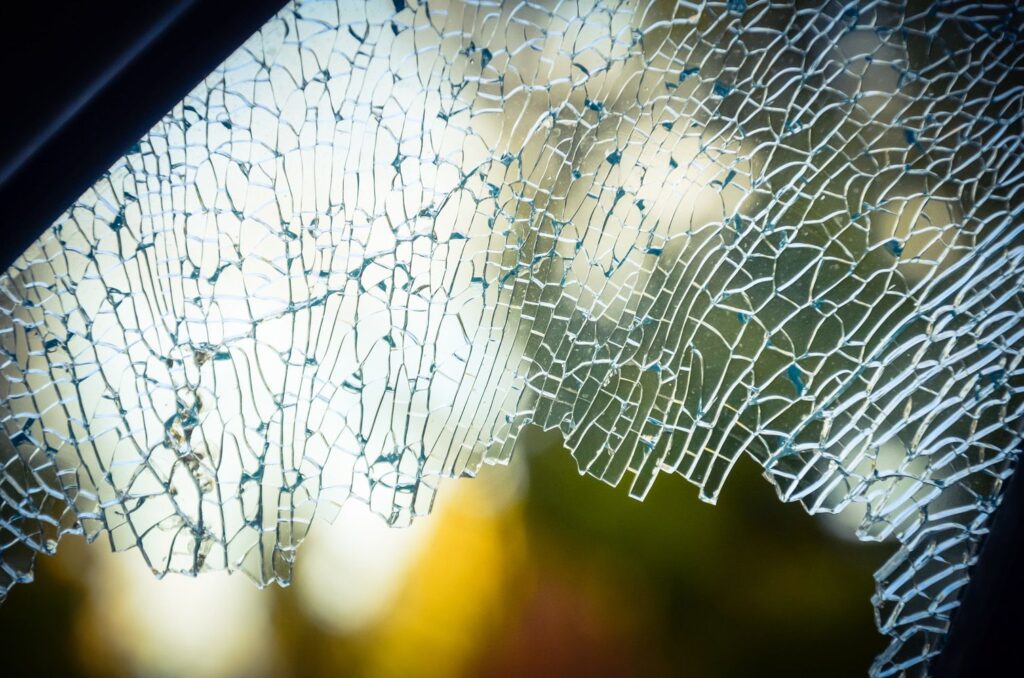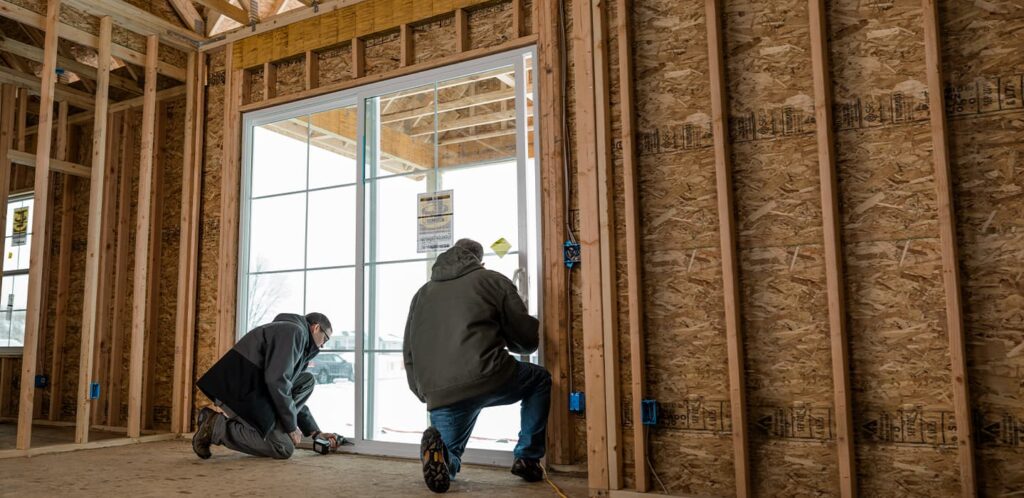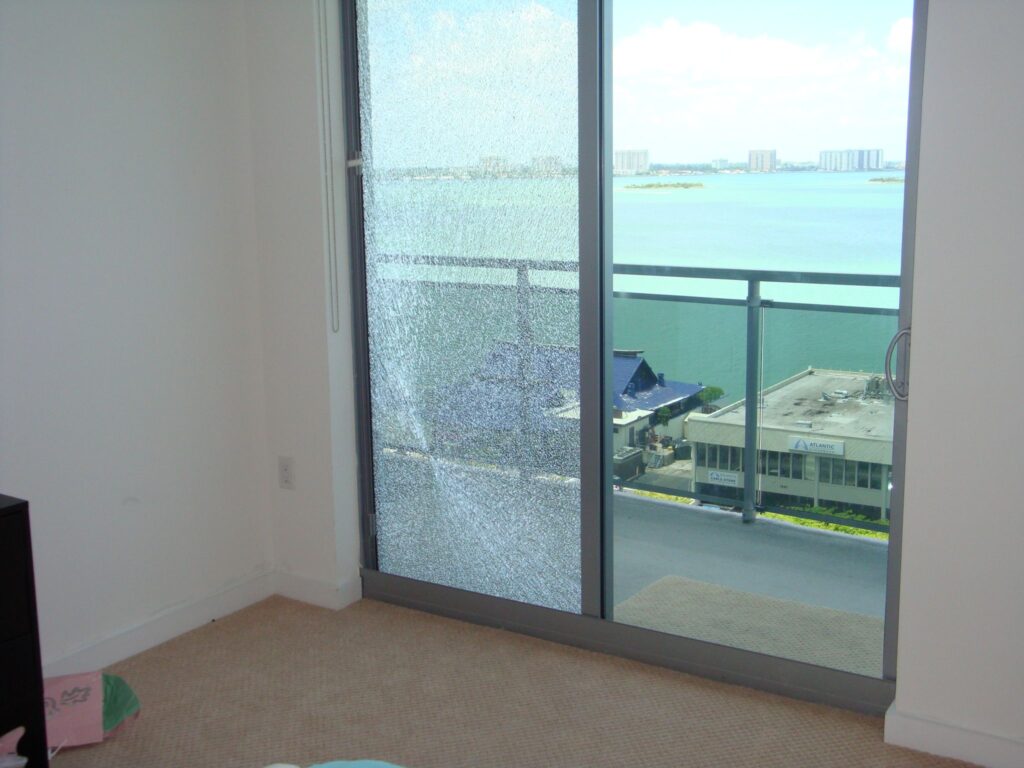Glass doors can be an attractive architectural feature, providing natural light and an open feel to a room. However, glass can also present a safety hazard if not properly maintained or installed.
Tempered glass for door is an ideal solution to minimize the risk of injury, as it is designed to break into small and relatively harmless pieces rather than large, dangerous shards. In this article, we will discuss the risks associated with broken glass, the benefits of using tempered glass for doors, and how to ensure the safe installation and maintenance of these doors. We will also delve into how to identify signs of stress or damage in tempered glass doors and the safety standards and regulations for their use in your commercial and residential settings.
Understanding the Risks of Broken Glass and How Tempering Prevents Injuries

Broken glass can be incredibly dangerous, causing severe injuries and even death. Glass shards can easily penetrate skin, leading to deep cuts, lacerations, and even amputations. In addition, broken glass can also damage property and create hazardous conditions for people walking or working nearby.
Tempered glass for doors is a safer alternative to traditional glass, as it undergoes a process of heating and rapid cooling that strengthens it and changes the way it breaks. When tempered glass breaks, it shatters into small, relatively harmless pieces rather than large, sharp shards. This significantly reduces the risk of injury and makes it a safer choice for use in doors and other applications where broken glass could pose a danger.
The process of tempering glass also increases its strength, making it more resistant to impact, pressure, and temperature changes. This makes tempered glass for doors an ideal choice for high-traffic areas or environments where they may be subject to increased stress or wear.
Best Practices for Safe Installation and Maintenance of Tempered Glass Doors

Proper installation and maintenance are crucial for ensuring the safety of tempered glass doors. When installing a tempered glass door, it is important to follow the manufacturer’s guidelines and adhere to local building codes and safety regulations. This may include hiring a professional installer to ensure that the door is installed correctly and securely.
Regular maintenance and inspection of tempered glass doors are necessary for identifying and addressing potential safety hazards. This includes checking the door for signs of stress or damage, such as cracks, chips, or discoloration. If any issues are identified, it is important to address them promptly to prevent further damage or potential injuries.
Cleaning and maintaining tempered glass doors should be done with caution, using non-abrasive cleaning products and soft cloths to avoid scratching or damaging the surface. Avoid using sharp objects or excessive force when cleaning or operating the door, as this can cause damage and compromise its safety.
How to Identify Signs of Stress or Damage in Tempered Glass Doors

Regular inspection of tempered glass doors is essential for maintaining their safety and preventing potential injuries. Some signs of stress or damage to look for include:
- Cracks or chips in the glass: These can be caused by impact, pressure, or temperature changes and may weaken the integrity of the door. If any cracks or chips are found, it is important to have the door repaired or replaced as soon as possible.
- Discoloration or haze: This can be a sign of damage to the protective coating on the glass, which can compromise its strength and safety. If discoloration or haze is present, it is important to consult a professional to determine the cause and appropriate solution.
- Warping or bowing of the door frame: This can be a sign of improper installation or damage to the door’s supporting structure, which can put additional stress on the glass and increase the risk of breakage. If any warping or bowing is observed, it is important to consult a professional to assess the situation and recommend repairs or adjustments.
- Loose or damaged hardware: This can compromise the door’s stability and security, increasing the risk of accidents or injuries. Regularly inspect hinges, handles, and other hardware to ensure they are secure and functioning properly.
Safety Standards and Regulations for Tempered Glass Doors in Commercial and Residential Settings

To promote the safe use of tempered glass for doors, various safety standards and regulations have been established. These guidelines vary based on the country, region, and specific application, but they generally address the following aspects:
- The minimum thickness of tempered glass for doors: This ensures that the glass is strong enough to withstand the stresses and impacts it may encounter in a door application.
- The size and shape of the glass pieces when broken: This standard ensures that tempered glass, when broken, shatters into small, relatively harmless pieces rather than large, dangerous shards.
- The use of safety glazing materials in specific applications: Some regulations require the use of safety glazing materials, such as tempered glass, in certain applications where the risk of injury is higher, such as doors, sidelights, and shower enclosures.
- Labeling requirements: Tempered glass for doors must often be labeled or marked with permanent identification, indicating that it meets the necessary safety standards.
When selecting, installing, and maintaining tempered glass doors, it is essential to be familiar with and adhere to the relevant safety standards and regulations for your specific location and application. This will help ensure that your tempered glass doors provide the highest level of safety and protection for occupants and property.
Conclusion
Tempered glass for doors offers a safer alternative to traditional glass, reducing the risk of injury associated with broken glass. By understanding the benefits of tempered glass, following best practices for installation and maintenance, and adhering to safety standards and regulations, you can ensure the safe and effective use of tempered glass doors in your commercial or residential setting. Regular inspection and prompt attention to any signs of stress or damage will further contribute to the safety and longevity of your tempered glass doors.





